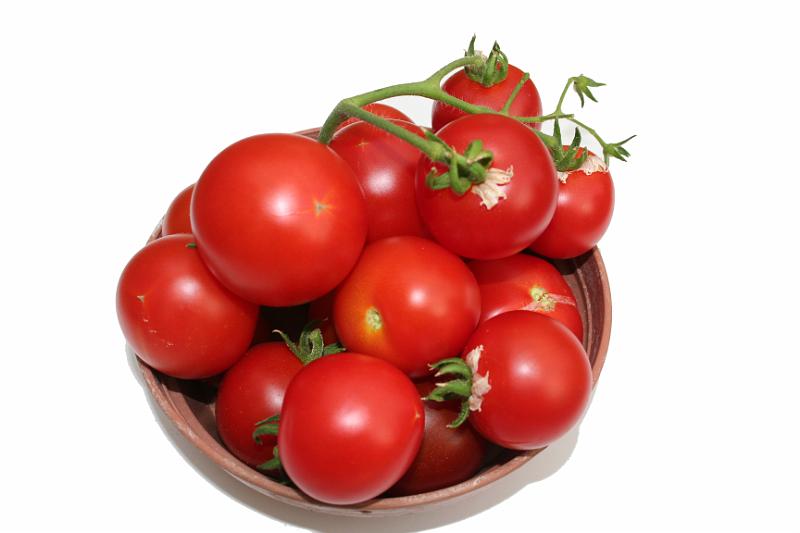We eat a fairly balanced diet, we exercise, and we try our absolute best to avoid the fast food drive-thru signs on our trip home each day. We can’t open our emails or favorite news website without headlines referencing diet and its impact on our physical and mental health. We assume that we are consuming all of the nutrients needed to keep our cells and ourselves intact. You consider yourself the Einstein of caloric calculation and the Picasso of colored food palates.
New “information” seems to appear every day (some contradictory to what you read last week) and keeping up with all of it can be just as hard as avoiding the drive-thru window. How do you know what is real, what is purely marketing, and where the science fits in? Optometry students and ODs are well versed in this knowledge and educate their patients with specific eye diseases as to the nutrients that will best preserve vision and prevent disease. Has anyone asked you the questions “Do carrots really improve eyesight?” or “Do those OTC eye vitamins actually help?” Let’s now talk about the science and biochemistry behind the answers to those questions.
Free radicals: Most of us are familiar with this term, but do you know what it means and where it comes from? Free radicals are atoms, molecules, or ions with unpaired electrons; meaning they can have a positive, negative, or zero charge. They are typically the result of a chemical process where bonds between molecules are broken and energy is released. Free radicals are not necessarily detrimental, as they play a very important role in many biochemical processes. Some types aid our immune system in killing bacteria and signaling other cells to multiply or form specific proteins. So, if they are essential, why all of the negativity? These molecules are highly chemically reactive, due to their capability of carrying a charge. More specifically, those of the reactive oxygen species (ROS) are potentially dangerous in high quantities. These are produced by our mitochondria, the metabolic center of our cells. With environmental stressors (UV or heat exposure) they bind to normal proteins, such as DNA and fatty acids, causing instability of the normal chemical structure. Free radicals in excess can cause damage throughout our organism, and our eyes are no exception. Our lens and retina are very vulnerable to damage from these molecules via exposure to UV light. Two diseases specifically have been linked through research to free radical damage: Age-related Macular Degeneration (ARMD) and Cataracts.
ARMD is a multifactorial disease, and nutrition therapy has been the focus of prevention and intervention. The macula is a source of high metabolic activity, and is therefore exposed to high ROS levels. Levels of ROS increase with age, as our mitochondria become less efficient in carrying out metabolic reactions. Accumulation of metabolic wastes eventually compromise central vision, and it is often progressive. Macular pigment is a natural barrier protecting the central retina against damage. It is formed by two dihydroxycarotenoids, lutein and zeaxanthin, which act as optical filters against UV light. Eyes with a genetic predisposition to develop ARMD or which already have developed the disease have considerably less macular pigment and a greater risk of oxidative damage compared with healthy eyes. Investigations have shown that a diet poor in antioxidant micronutrients (vitamins C and E, carotenoids, zinc) and low plasma levels of antioxidants may favor the development of ARMD.
“Antioxidants” is also a very familiar term to most of us. These compounds bind to free radicals before they can cause damage to our vital molecules. For ARMD, The Age-Related Eye Disease Study (AREDS) was developed as botha study of the clinical course of AMD and lens opacities aswell as a randomized controlled trial of high-dose antioxidantsand zinc to reduce progression of these diseases. The resultsof AREDS revealed a statistically significant benefit of thecombination of high-dose antioxidant vitamins and zinc, providinga moderate reduction of the risk of developing advancedARMD in persons considered highrisk. Herein lies the proof, that you can in fact, eat your way to healthy eyes.
The antioxidants and compounds scientifically proven to improve ocular health are as follows:

Zinc: Present in high concentrations in ocular tissue and hasbeen proven to regulate neural signals responsible for vision, as well as maintenance of photoreceptor health. Add peanuts, dark chocolate, garlic and chickpeas to your grocery list, or, if you enjoy something more exotic, a trip to the raw bar for some oysters will suffice.

Vitamin C: A water-soluble vitamin that helps maintain corneal integrity and hasbeen shown in some studies to delay cataract formation. It is also beneficial for ARMD. Citrus fruits, guava, strawberries, and the loathed Brussels sprout contain generous amounts of Vitamin C.

Vitamin E: An antioxidant that is in fact, a group of 8 compounds called tocopherols and tocotrienols. According to the AREDS study, consuming Vitamin E lowers the risk of advanced ARMD by 25%. Sunflower seeds, almonds, spinach and tomatoes should be incorporated raw into the diet.

Beta–Carotene (Vitamin A): Effective for ARMD, dry eye, and superior limbic keratoconjunctivitis. It has also shown promise in combination with lutein for Retinitis Pigmentosa. Animal-based Vitamin A sources (retinol) include beef liver, whole milk and cheese. Plant-based Vitamin A sources (carotenoids) include carrots, sweet potatoes and spinach.

Omega-3 fatty acids: Found in flaxseed and cold water fish (salmon, tuna and sardines), this essential component of cells has been found to benefit those with dry eye and ARMD. This fatty acid is also essential for normal infant vision development.

Zeaxanthin: A carotenoid that filters high-energy wavelengths of light and has been proven to reduce cataract formation. It is also beneficial as an antioxidant for the treatment of ARMD and is found in large quantities in the macula. Kale, spinach and broccoli are natural sources of Zeaxanthin.
With advances in scientific research, vision care has now transcended from the ODs office and routine yearly dilation to your kitchen. Bon Appetit!
By: Stefania Paniccia, IAUPR 2013

